Celebrating women leaders in healthcare
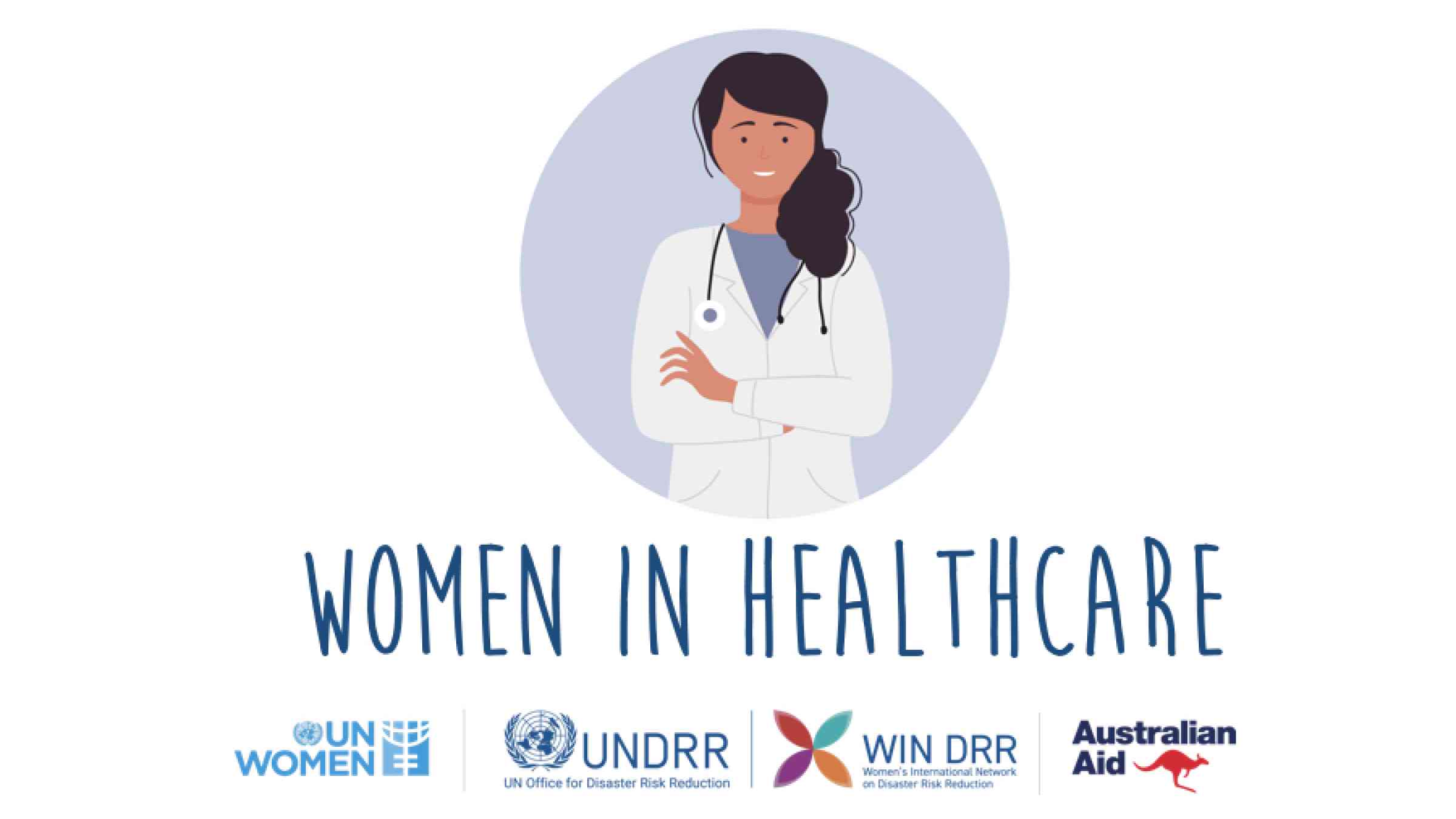
Female health workers comprise 70% of the health workforce worldwide, but women occupy only 25% of leadership positions in health. The gender pay gap in health and social sectors is around 26% in high-income countries and 29% in upper-middle-income countries.
Gender discrimination, implicit bias, sexual harassment, and assault have been found to be systemic barriers to women’s advancement in global health careers. These are compounded by a lack of policies to accommodate having children (including flexible working arrangements and increased parental leave).
Despite these obstacles, women play a critical leadership role in the provision of healthcare across the Asia-Pacific Region, including during disasters. They are working to build more resilient health systems and helping transform the way healthcare is provided.
Women’s leadership is vital for healthcare. Too often, women are encouraged to mould to a system that was designed for men. However, new waves of women are leading in ways that build cooperation and inclusion.
On World Health Day, the Women’s International Network on Disaster Risk Reduction (WIN DRR) celebrates some of the women healthcare workers who are making a difference in their communities.
Join WIN DRR on Twitter and LinkedIn.
Dr Udita Panta - Nepal
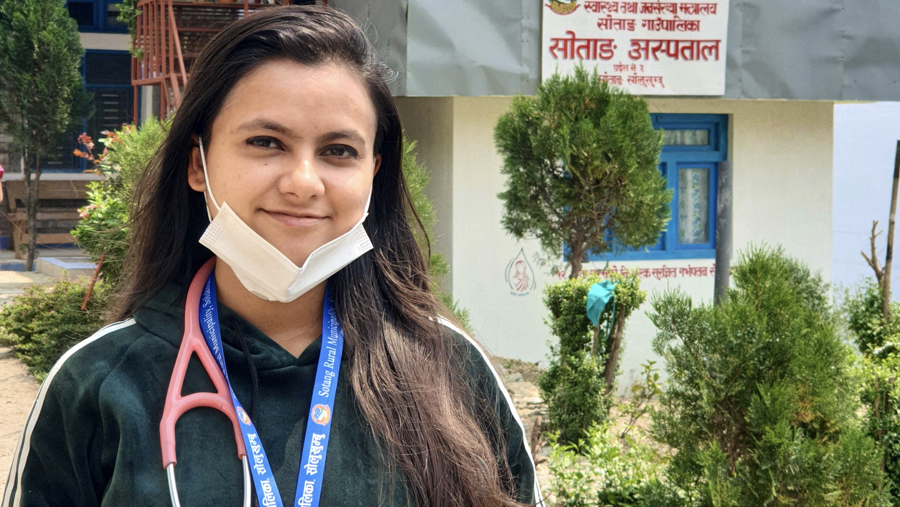
“COVID-19 has made our work more difficult here,” says Dr. Udita Panta in the remote Solukhumbu district of Nepal. “A few months back people refused to visit our centre because of fear of the virus.”
Dr. Udita is a recent graduate, and she has had to adapt to the pressures of medical emergencies and now the pandemic disaster. She says there is a big gap between what they learned in medical school and the realities of rural medicine.
“During our training we see doctors taking help from investigations to reach a diagnosis, but here everything is different,” she says. “We are so under-resourced and not only for diagnosis but also for treatment.”
Dr. Udita says it’s frustrating when she and her colleagues know how to treat the patient, but they lack the necessary resources.
“Sometimes we know what to do,” she says. “We have the skills, but we don't have drugs and other resources. We do not have that equipment and instruments and we have to refer our patients so that is painful. We feel like we are handicapped.”
She says that now with the pandemic her team are coping with the impacts of inadequate planning that has left centres like hers under-equipped, and it is costing lives.
“We don't have a CT scan,” she says. “Some patients are travelling 6 or 7 hours and then don't get the scan. So, they must travel another 16 to 17 hours to reach Kathmandu. That’s a really long time for emergency cases.”
While the lack of resources is a challenge, Dr Udita also has to navigate patriarchal societal norms.
“It is a really sad thing in Nepal that it is necessary for a female doctor to prove herself each and every step of her life,” she says. “Some of the people don't trust us somehow some of them asked for the male doctor. It has happened to me many times, but I don't get angry.”
Dr. Udita advocates for women’s health and disaster planning within her hospital and she focuses on helping her patients. She says she has noticed growing acceptance and respect from members of the community.
“I just do the best I can do and with time people started believing in me,” she says. “I just try to be kind and compassionate.”
Dr Hongsoo Kim - South Korea
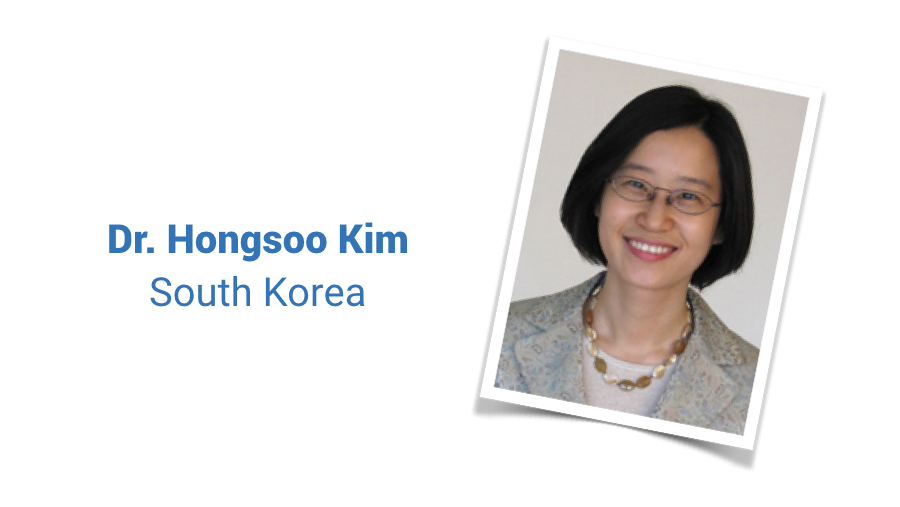
“We need better gender balance in leadership of health services,” says Hongsoo Kim. “We need gender equality in leadership.”
Hongsoo Kim is a professor at Seoul National University Graduate School of Public Health, Seoul, South Korea. Dr. Kim is a health services and policy researcher, and her program of research focuses on quality, outcomes, and systems of health care with special attention to the elderly and people with chronic conditions.
“COVID-19 had an unequal impact on women as a large number of women are the health care workers.” she says. “Women have an important role in this unique challenge.”
Kareen Mae Abalahin - Philippines
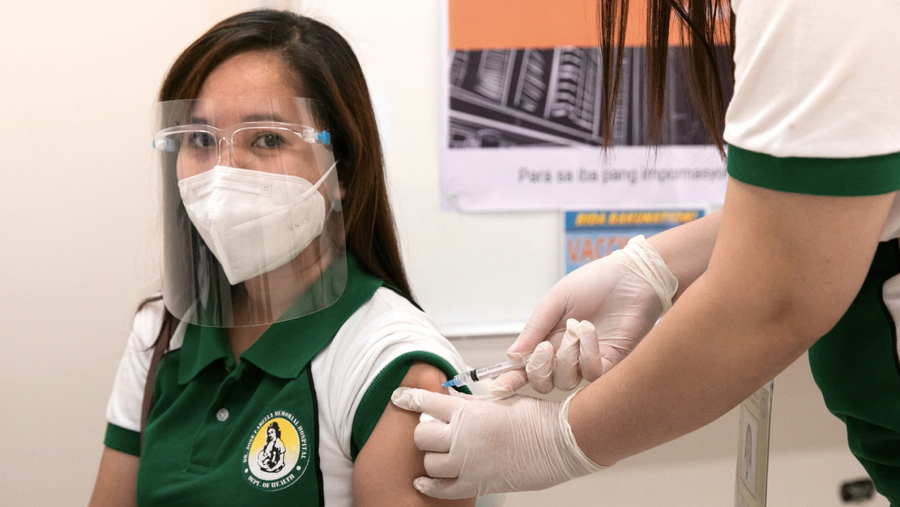
"With this vaccine, we feel that we are protected and that we also protect our patients,” says Kareen Mae. “As health workers, we must not be the carrier, we must be the one protecting patients. We must not get infected so that we can continue our service as healthcare workers.”
Kareen Mae Abalahin is a frontline nurse working in the isolation and ICU wards of Dr. Jose Fabella Memorial Hospital in Manila. She got her first dose of the COVID-19 vaccine.
“Let’s set aside our fear because at least, with this vaccine, we have hope that COVID-19 will end,” she says. “It might not be totally eradicated but it will help get us closer to what we knew as normal.”
“I feel hopeful that this pandemic will end soon and that I can finally go home to my 3-year-old son and husband and hug them, kiss them. That is the advantage I feel with this vaccine as a healthcare worker.
Dr Paula Zzefrio - Papua New Guinea
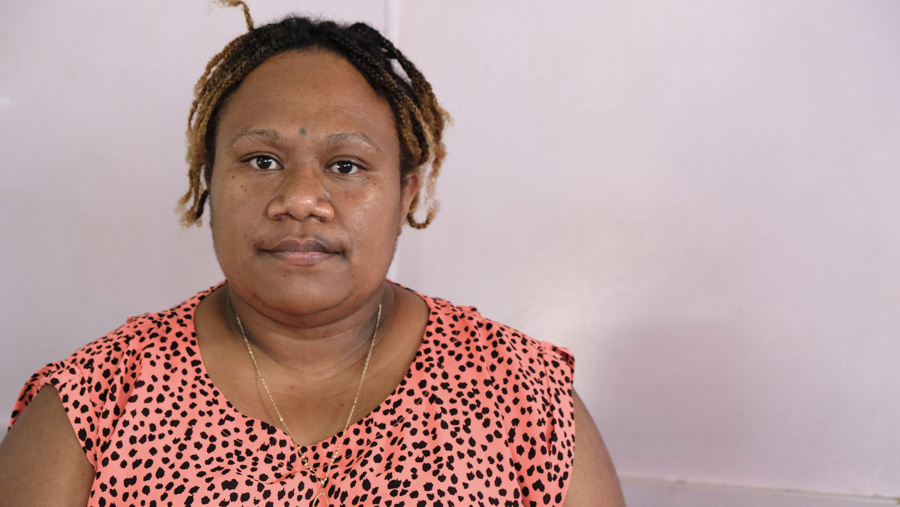
“Women's Health is not always the number one priority,” says Dr Paula Zzefrio “We have seen some progress in creating more partnerships. “When midwives are calling from wherever in the remote area where they are they are stationed at least they know who they're talking to and the call will not be put through to the switchboard.”
She says this culture of stronger coordination and planning can save lives. Building relationships between colleagues and health centres saves time when there’s an urgent case or a disaster.
Dr Paula is an obstetrician-gynaecologist in New Ireland. She is one of the only doctors trained in complex deliveries for a province with a population of more than 800,000.
New Ireland is especially vulnerable to disasters like cyclones and flooding. Dr Paula says the biggest challenge in a disaster is getting the patient to her clinic with washed-out roads and rough seas. She says disaster planning must include strengthening the network of healthcare workers with better ways to communicate.
“The government has given midwives and nurses mobile tablets to better share patient data,” she says. “I think communication tools have played a significant role in reducing maternal mortality, especially in emergencies.”
Dr Rabia Basri - Pakistan
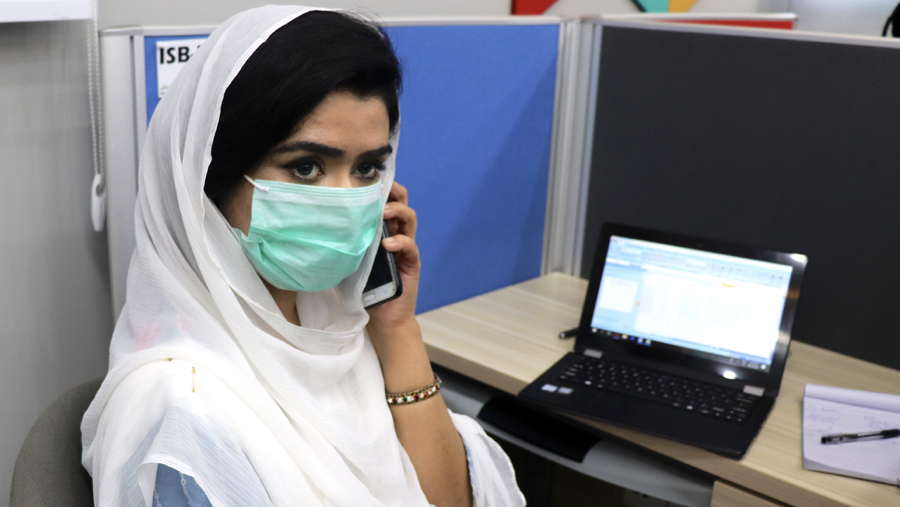
“These are difficult times for everyone,”’ Dr Rabia says. “Every day I receive about 40 calls, some last as long as 20 minutes.”
Dr. Rabia Basri answers calls at the ‘Sehat Tahaffuz 1166’ helpline centre. The name in Urdu means ‘health protection helpline.’ Rabia is one of 250 call agents staffing the centre which operates in shifts, from 8 am to midnight every day, seven days a week.
“I often advise people about personal hygiene and physical distancing, and if they are having symptoms, help connect them with a hospital for the coronavirus test and further medical support.”
Originally set up for parents and caregivers to get support and information about polio and other vaccines, the helpline has been adapted for the pandemic and has been inundated with up to 70,000 calls a day.
As part of its emergency response to COVID-19, the government expanded the centre to help people get information on how to stay safe and connect them to a doctor when required.
Feb Ruth Pinos-an - Philippines
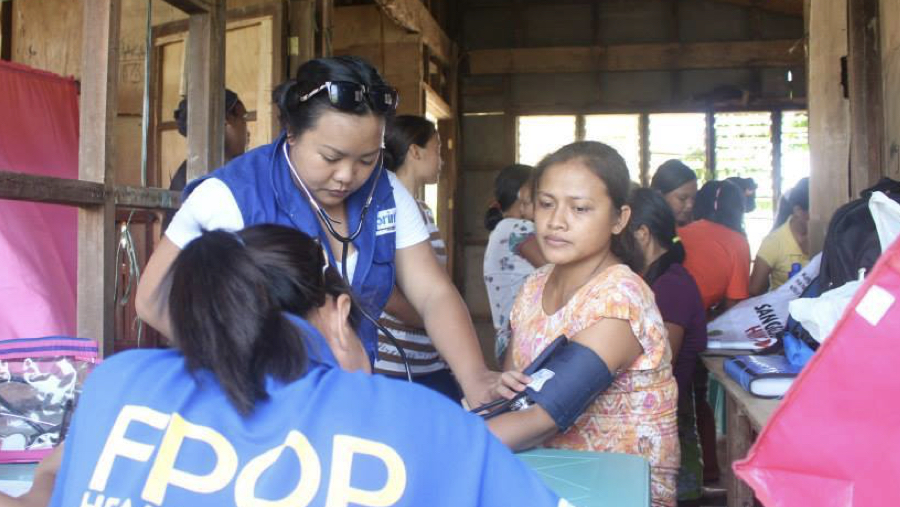
"The needs of vulnerable women are often not prioritized because the health services that are provided caters to the general public," says Feb. "The health needs of vulnerable groups like pregnant or lactating women and young people are often overlooked."
Feb Ruth Pinos-an worked with the Family Planning Organization of the Philippines and in partnership with UNFPA Philippines.
“Being able to influence decision-makers with what we are doing and inspire them that this is something that is important is quite rewarding,” she says.
She started as a youth volunteer then she went into the Humanitarian Department as a sexual and reproductive health trainer, partnering with government officials in the health department. Feb says the needs of women are essential in planning because there is no way to stop babies from being born.
“You cannot stop a woman from giving birth,” she says. “Health systems need to plan for that reality."
Sreyoun Tim - Cambodia
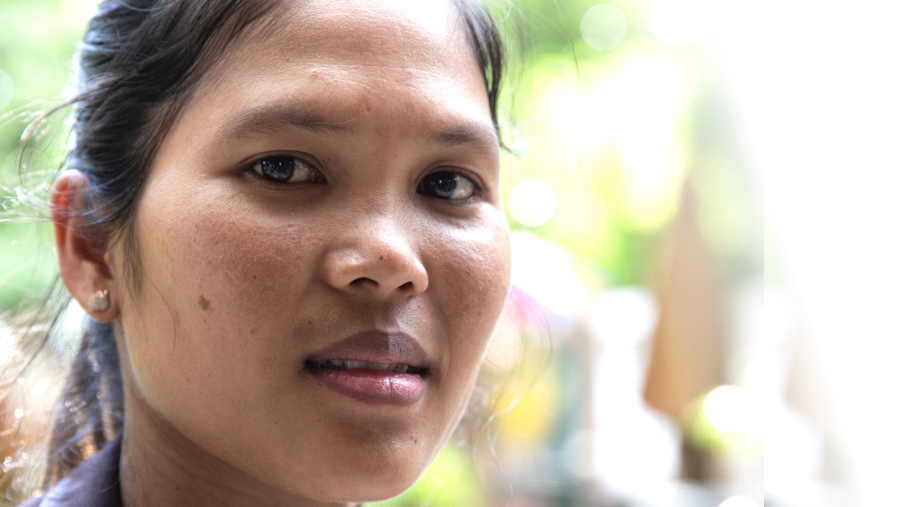
Sreyoun Tim is a social worker for Cambodia’s Ministry of Social Affairs in Battambang province. When she was growing up many in her community wanted her to become a traditional healer, but she had a passion to become a social worker, in part because she witnessed and experienced domestic violence and she wanted to do something about it.
She works to support children at home and in institutional care centres, working on issues of domestic violence, abuse, and drug abuse, providing counselling, and referring clients to the relevant authorities. During the pandemic, Sreyoun has taken on the role of educating families on measures to help stem the spread of COVID-19. She says that the mental health of children and families is critical during this time.
Dr Mary Jane Gancia - Marshall Islands
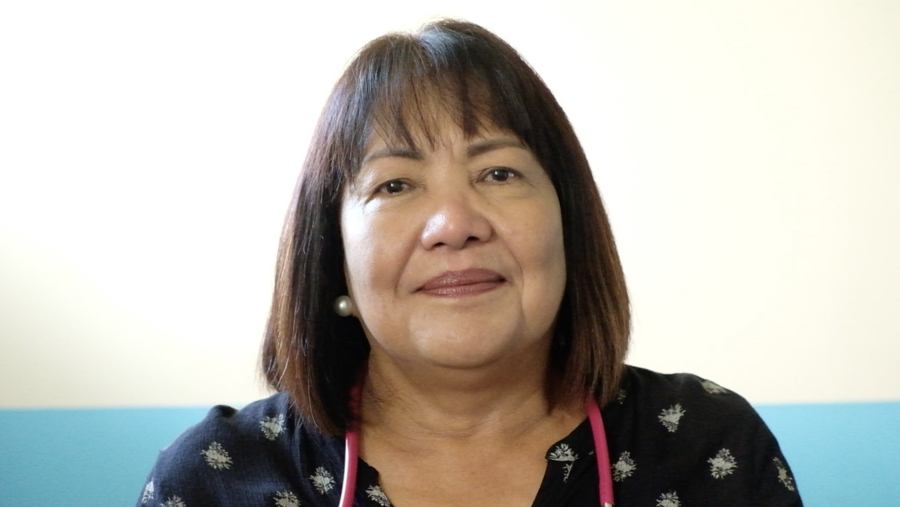
Marshall Islands: “A lot of the young mothers are from the remote outer atolls,” says Dr Mary Jane Gancia. “I try to teach them ways to look after their babies and stay healthy with good nutrition.”
Majuro Hospital is the focal point for antenatal and pediatric care covering hundreds of islands and thousands of square kilometres of ocean. When tenuous transport links between the islands are threatened by extreme weather, communities and even households need to have coping techniques. Dr Gancia teaches mothers breastfeeding tips and healthy life skills.
“Disaster planning starts with that first discussion I have with these moms,” she says. “I ask them about their food sources, the water reserves and how they need to plan to have extra on hand in case of storms.”
Ramyalatha Kodikara - Sri Lanka
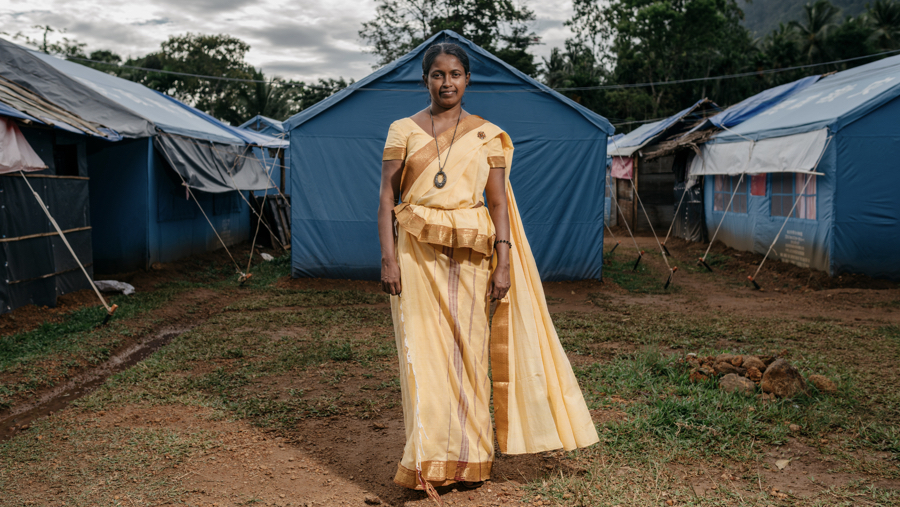
Ramyalatha Kodikara is a professional counsellor working with "Women In Need". After disasters, she is deployed to temporary shelters to provide psychological support to people who have been displaced.
“People face massive trauma and depression following any disaster,” she says.
Ramyalatha says that many women and girls are often terrified after disasters, and she has even helped some who were suicidal. She says consistent psychological support and vocational training helps people focus on a better tomorrow.
“They want to move forward with their lives.”
'Women Friendly Spaces' offer a space for women and girls to feel physically and emotionally safe after disasters. Women can access psychosocial assistance and regular programmes to increase awareness on gender-based violence through the support of local partners.